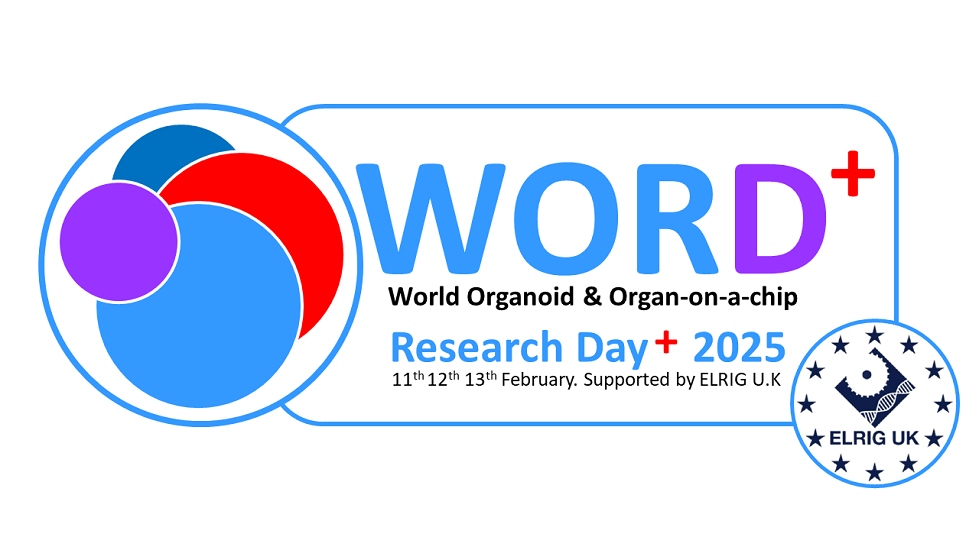Authors
K Harper 1;
1 REVVITY, UK
Overview
To better predict the effects of drug candidates during preclinical screening, more physiologically relevant 3D model systems are being deployed in high-content screening assays. 3D image acquisition is time-consuming and generates huge amounts of data which must be stored and analyzed. Especially if objects are randomly distributed in 3D, a considerable number of images will be empty or out-of-focus.
Introduction
To avoid the unnecessary generation and storage of images, the
upcoming release of Harmony 4.9 software includes an update to our intelligent image acquisition solution, PreciScan, which avoids the acquisition of empty images or partially imaged 3D objects and reduces the amount of data that needs to be acquired and analyzed. Here we demonstrate the time saving and data reduction that can be achieved in two example assays.
Methods
3D cellular objects such as spheroids or organoids are often randomly distributed in x, y and z dimensions when grown in hydrogels. To acquire 3D data for detailed analysis, currently a huge z-stack has to be defined to cover all sample objects.
Results
MDCK cells were cultured in 3-D Life Hydrogels (Cellendes, Germany) and imaged using PreciScan. Imaging of 25 cysts using PreciScan acquired 54x less data than conventional imaging without PreciScan.
Conclusion
Using epithelial cysts and spheroids grown in hydrogel as examples, we show how PreciScan, which employs a low magnification pre-scan followed by a high magnification re-scan, decreases the data volume of the re-scan by a factor of 34-54, depending on the assay

